Fondant fancies
My colonies are all busy piling in the calories in preparation for winter.
As always, at this time of the year I only feed my colonies using bakers fondant. This is exactly the same stuff you get on the top of iced buns. It’s available plastic-wrapped and boxed in 12.5kg blocks from a variety of sources ranging from your friendly local baker to wholesale food suppliers.
I purchase it on a pallet with friends in my local beekeeping association. If you buy enough delivery is free and this year we’ve been paying about £10.50 per block (12.5kg) when purchasing about half a metric tonne.
It’s worth buying in bulk as it keeps well. Store it somewhere dry and cool. Don’t stack it more than 3-4 blocks high if it’s likely to get warm … we kept some in the bee shed for a year and the boxes at the bottom of the pile were horribly misshapen after a warm summer. Next year sugar prices might be significantly more and it will always come in.
Convenience foods
I’ve discussed the benefits of feeding fondant in 2014 and 2016. Many of the benefits can be grouped under the heading of convenience.
- It’s easy to transport, easy to store, keeps well and is ready to use.
- Takes minutes (or less) to add to a hive.
- Needs no specialised feeders (so there’s also nothing to be stored for the other 11 months of the year).
However, as important, I think there are significant beekeeping benefits from feeding fondant.
- Compatible with most/all autumn Varroa treatments – sublimation, Amitraz, Apiguard etc.
- No spillages … so less risk of encouraging robbing by wasps or bees.
- Taken down more slowly than syrup, so leaving space in the brood box for the all-important rearing of late-season brood for overwintering.
Feeding fondant
Full-sized colonies get an entire block of fondant in late summer. As described previously, simply slice the block in half using a breadknife (or spade), open it up like a book and place it face down on top of the frames.
Do not remove the plastic. Leave it in place to stop the fondant drying out. The bees access it from below and – in due course – leave an empty ‘husk’ of blue plastic that can be removed late in the year {{1}}.
Adding the fondant block takes seconds and, with a very small amount of smoke, barely disturbs the colony.
Sticky stuff
The fondant block is heavy and sticky. If, for whatever reason, you want to access the hive whilst you’re feeding the colony do not place the fondant directly on top of the frames {{2}}.
You probably don’t need to conduct inspections this late in the season, but there may be reasons you need to go into the brood box. If this is the case make your life easier by putting the fondant face down on top of a framed wire queen excluder {{3}}. You can then simply lift the entire block off, do what you need to do, and replace it very easily.
I use a lot of Abelo hives and they have a rather fussy crownboard. It turns out these are ideal for feeding fondant. Simply pop out a few of the ventilated disks and add the fondant on top. The crownboard is rigid and so can easily be lifted off if needed and the bees have no problems accessing the fondant.
Headspace
A fondant block is about 17x17x31 cm. Cut in half it’s therefore a little over 8cm thick. You need to provide space to accommodate this under the crownboard and roof.
The simplest solution is to use an empty super. Alternatively, the insulated crownboards I use are reversible and provide 5cm of headspace. I either use these with a simple eke, or – by judicious use of a wellington boot and my weight (!) – squash the fondant block until it’s 5cm thick.
Either way I try and keep the top of the hive insulated and warm (for example, using polystyrene supers and/or insulation over the crownboard) so that the bees continue to take the fondant down even if the temperature outside is dropping.
Feeding nucs
Although I own a few Miller-type feeders for nucs I generally feed fondant directly in the nuc brood box, taking advantage of the inbuilt feeder in the Everynucs I favour.
These have a limited capacity so I prepare blocks of fondant wrapped in clingfilm and add them as the bees finish the last block off.
As long as the feeding compartment is largely vacant you can easily prise up the plastic crownboard and slide a couple of blocks of unwrapped fondant into the feeder.
Relax
That’s it.
It’s all over.
With colonies treated for Varroa {{4}} and fed for winter, now is the time to take a holiday.
Which is what I’m now doing 😉
Colophon
If you came here looking for a recipe for fondant fancies and have had to wade through paragraphs of irrelevant beekeeping information then I recommend you try these by Mary Berry.
{{1}}: Or when you give them top up of an extra half block should they need it.
{{2}}: Take it from me, it’s a messy – and traumatic (for the bees) – business removing a block of fondant that’s got ‘fused’ directly onto the top bars of the brood frames. Don’t make the same mistake!
{{3}}: The rigidity of a framed wire QE makes removing and replacing the block much easier than one of those flexible plastic QE’s.
{{4}}: And if you haven’t started treating yet then get a move on. If you have high mite levels now your winter bees will be exposed to a smorgasbord of pathogenic viruses which will reduce the chances of successfully overwintering the colony.
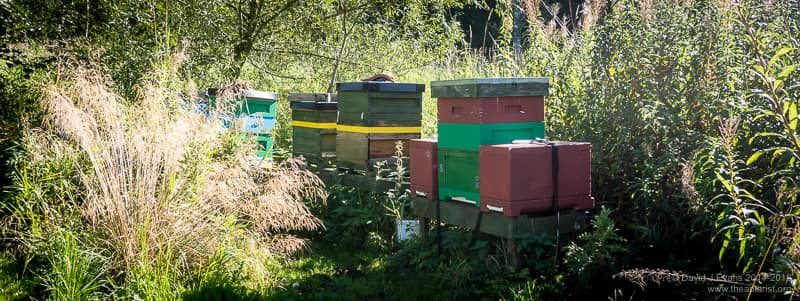
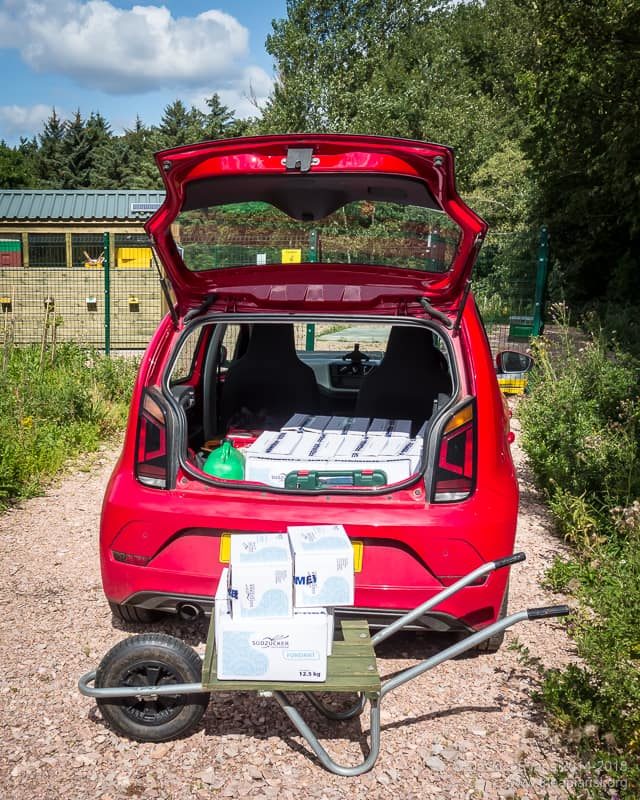
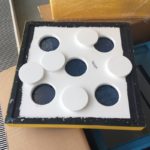

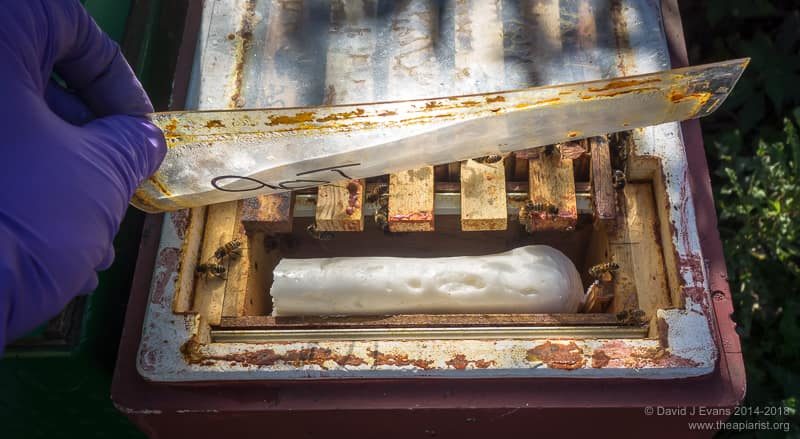

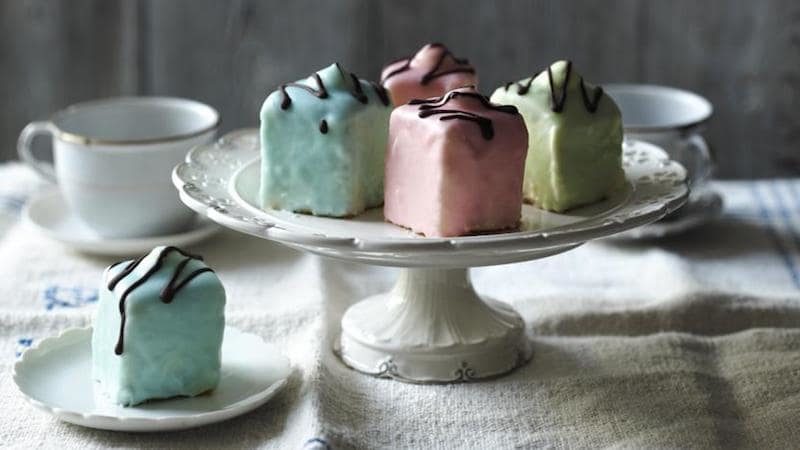
Join the discussion ...